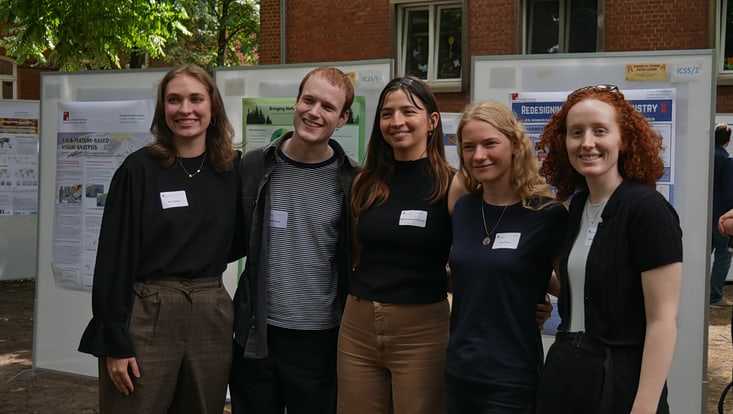Giving waste a second life: A Life Cycle Assessment on spent coffee grounds comparing traditional waste treatment methods with upcycling for application in the cosmetic industryAlina Hüning
24 February 2021
In today's growing society, immense amounts of waste resulting from fast circulating materials through the economy embody a tremendous strain for the environment. Coffee is one product generating extensive amounts of waste at the end of its lifetime in the form of Spent Coffee Grounds (SCG). These bear the potential to have their life prolonged through upcycling. Since coffee production is resource-intensive, its life cycle extension promises relief for the environment. However, the actual alleviation in impacts highly depends on the concrete value-addition process and cannot be presupposed.
This master thesis aims to estimate the environmental impacts of traditional waste treatment methods of SCG Incineration and Anaerobic Digestion. These shall be compared with the environmental burdens emanating from the process of SCG Upcycling for cosmetics to find out which method exerts the least pressure on the environment. To meet this goal, a Life Cycle Assessment has been applied. The thesis is written for and based on data from a German cosmetic company, which uses upcycled SCG in its cosmetic products.
Key findings reveal that both SCG Upcycling and Anaerobic Digestion result in smaller environmental impacts than Incineration. Additionally, shortened transport distances for the process of SCG Upcycling slightly decrease environmental pressure. A more significant impact possesses the change in energy supply from an average German electricity mix to 100% renewable sources leaving the SCG Upcycling as the preferred option among all three closely followed by Anaerobic Digestion. As a result, it can be concluded that the value addition of SCG, in this case, is justified due to actual savings in impacts.
This LCA shall serve as a prelude in a quantitative examination the company plans in the future to determine the environmental impacts of the other ingredients inherent in the products for a planned communication and labeling of those.

